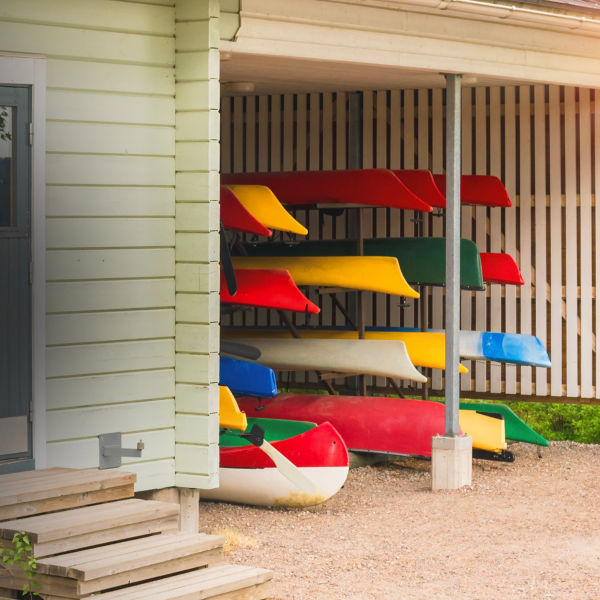
If you’re paddling whitewater (whether it’s in river rapids or ocean surf zones), a helmet should be at the top of your equipment list, alongside a properly fitting PFD. A standard for paddlers running rivers rated Class III and above—whether it’s in whitewater kayaks, canoes or inflatable kayaks, as well as paddle rafts—helmets come in multiple shapes and designs, offering different levels of protection. Most feature drainage and/or ventilation holes plus other features to enhance a customized fit. Pick one that’s comfortable and fits you well so that above all else, you wear it every time you take to the water.
Types
Paddling helmets come in three types: half-cut, full-cut, and full-face. Half-cuts are the most minimal, covering your head but not your ears. Full-cuts provide more protection, covering your ears as well while offering a more secure fit. While more cumbersome, full-face are for those tackling more difficult, shallower creeks, offering face and jaw protection.
Fit
Fit is one of the most important features to consider. Your helmet should fit snugly, not too loose and not too tight, without any fore or aft movement. Adjustable both in front of and behind your ears for added security, the chinstrap should hold it solidly in place without chafing or any other discomfort. Some manufacturers offer different, oftentimes proprietary retention systems that let you adjust the fit via a rachet or dial system at the rear end of the helmet. Many also include removable foam shims to fine-tune the fit.





















